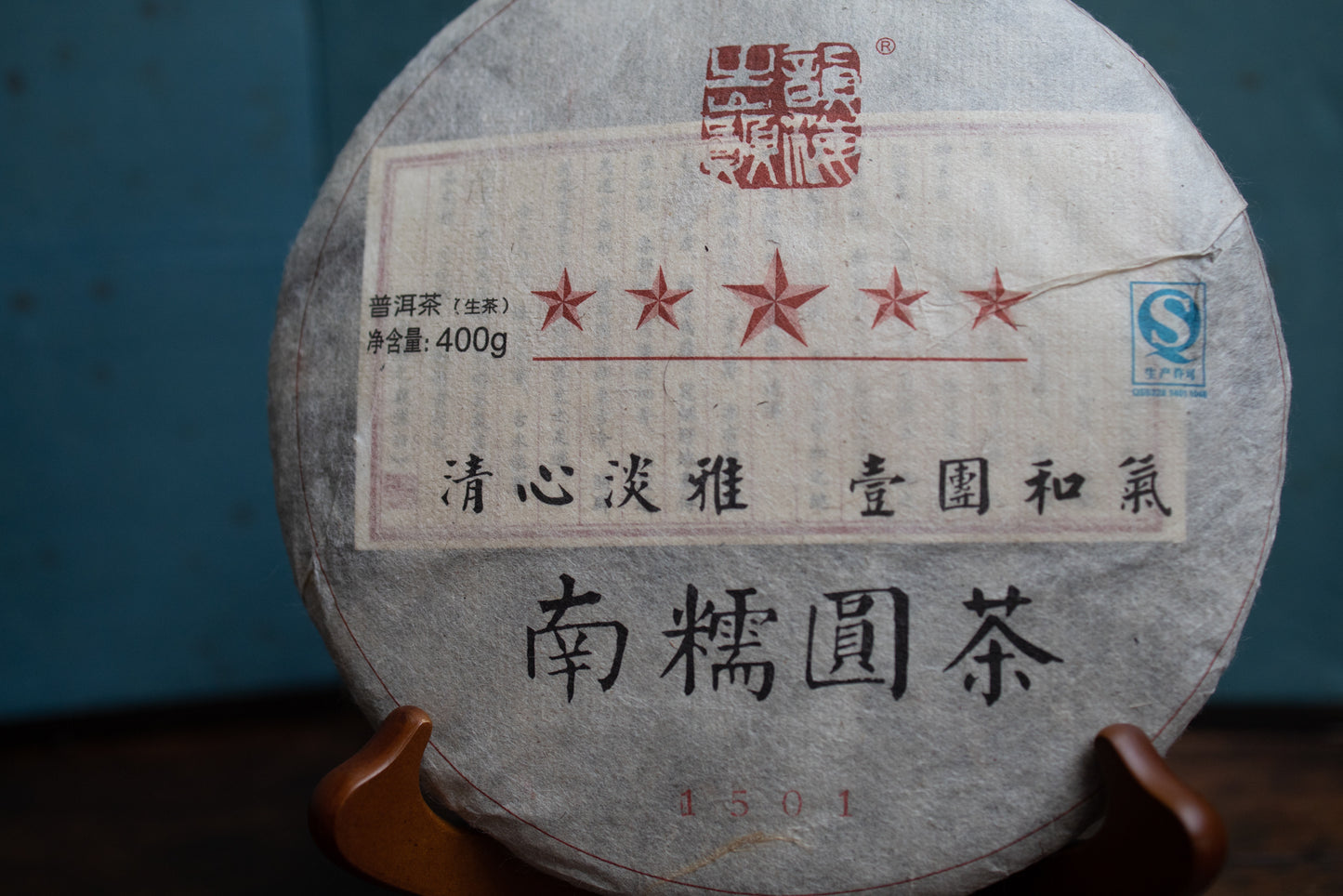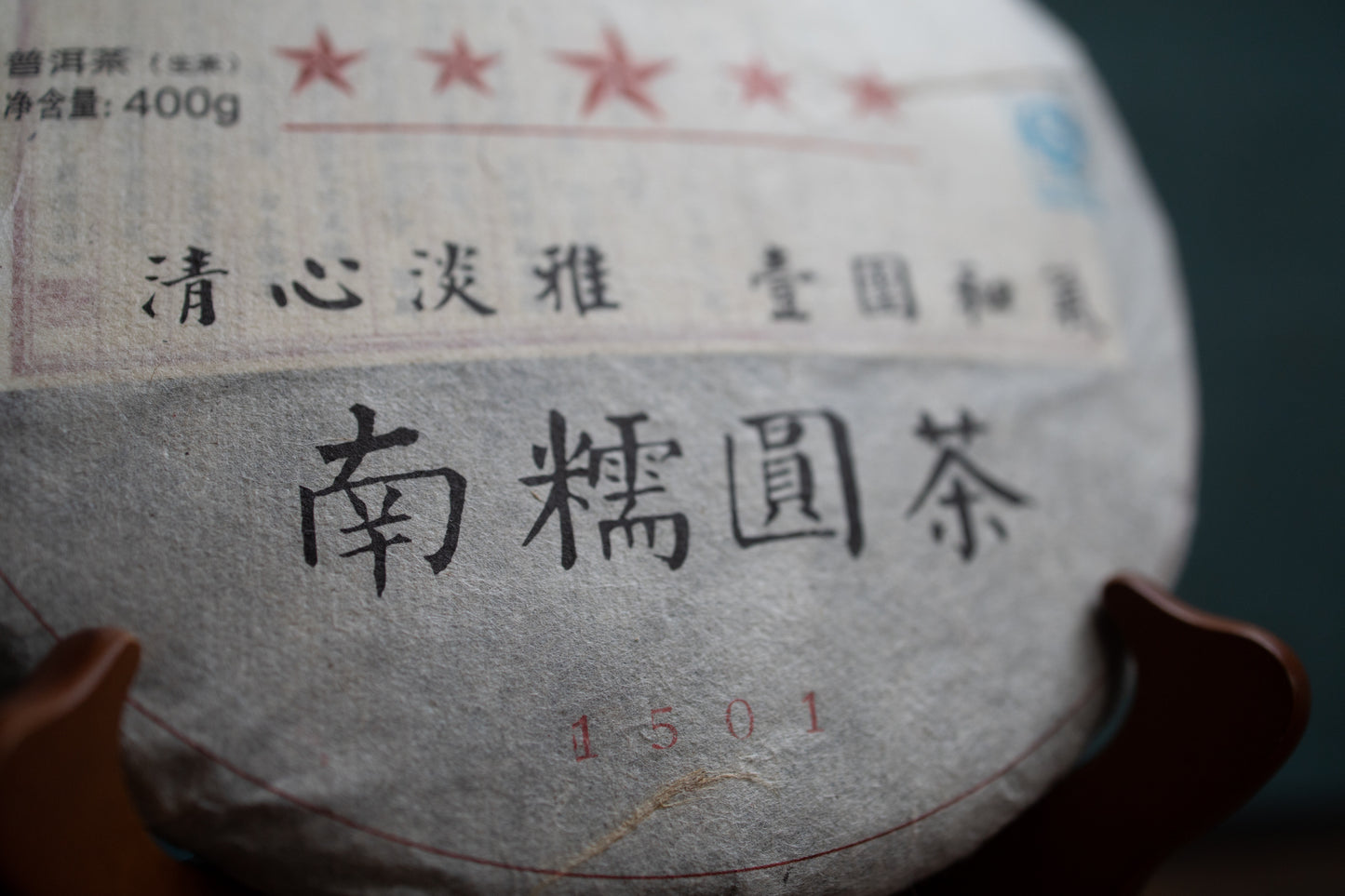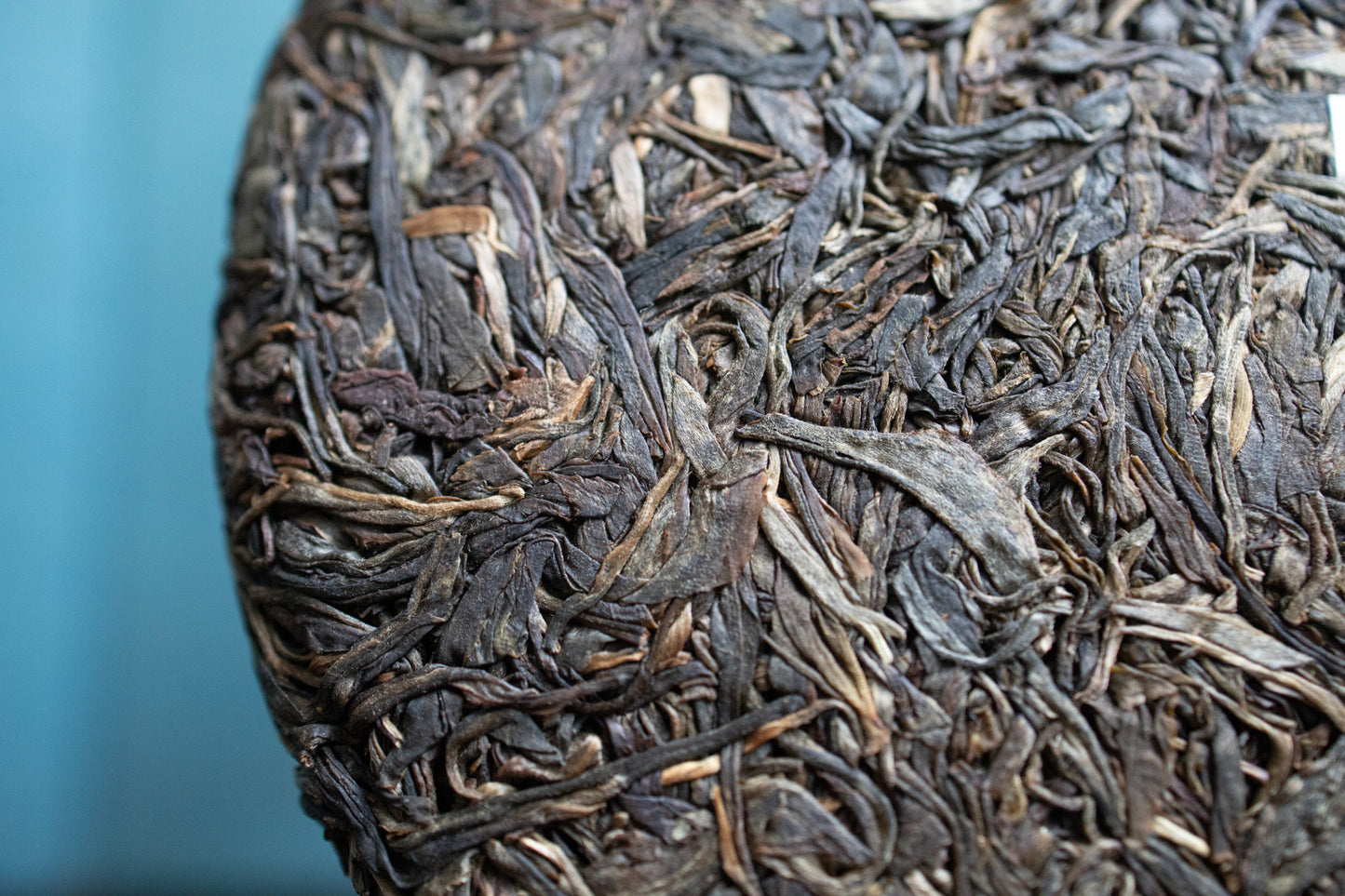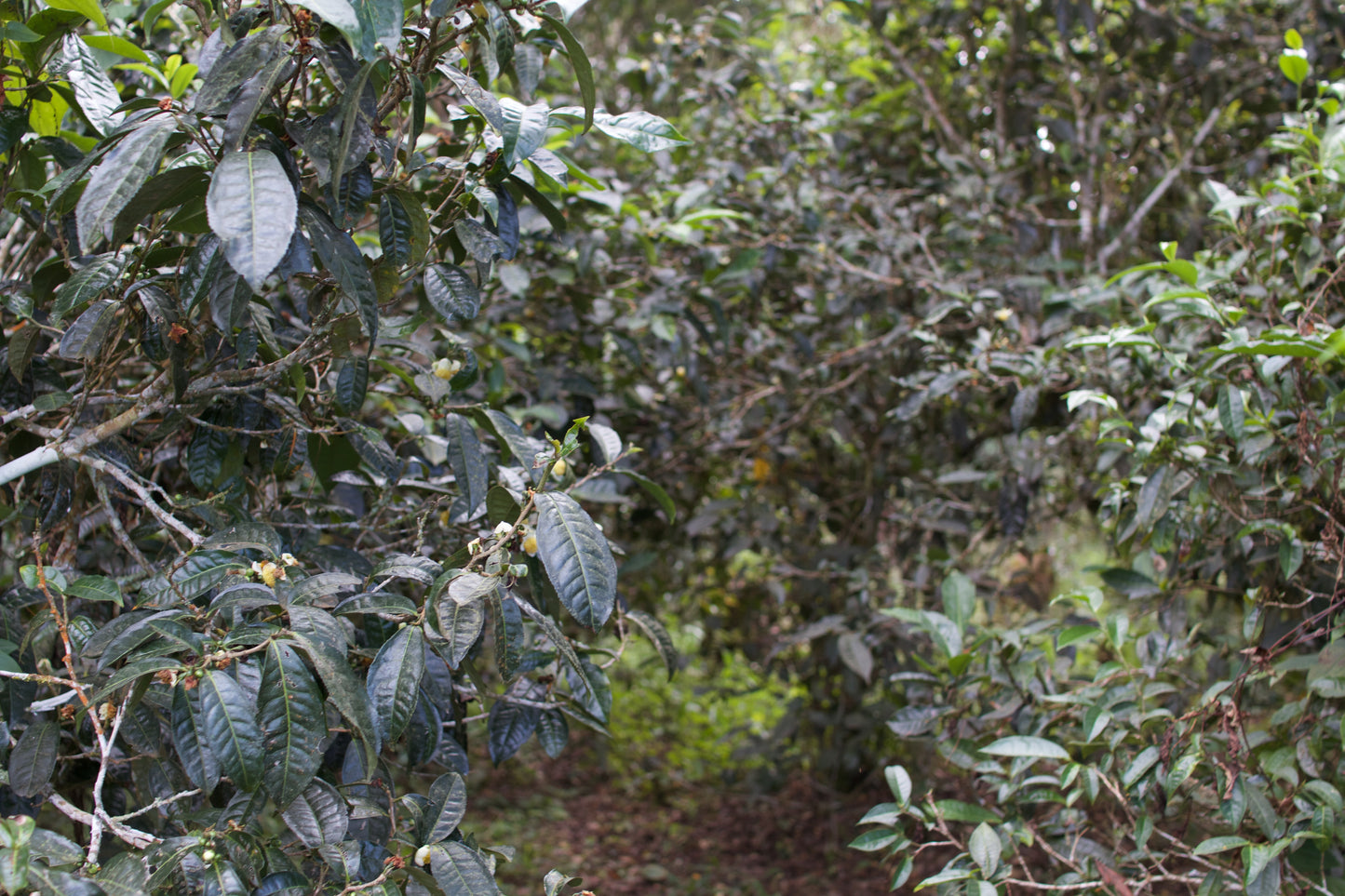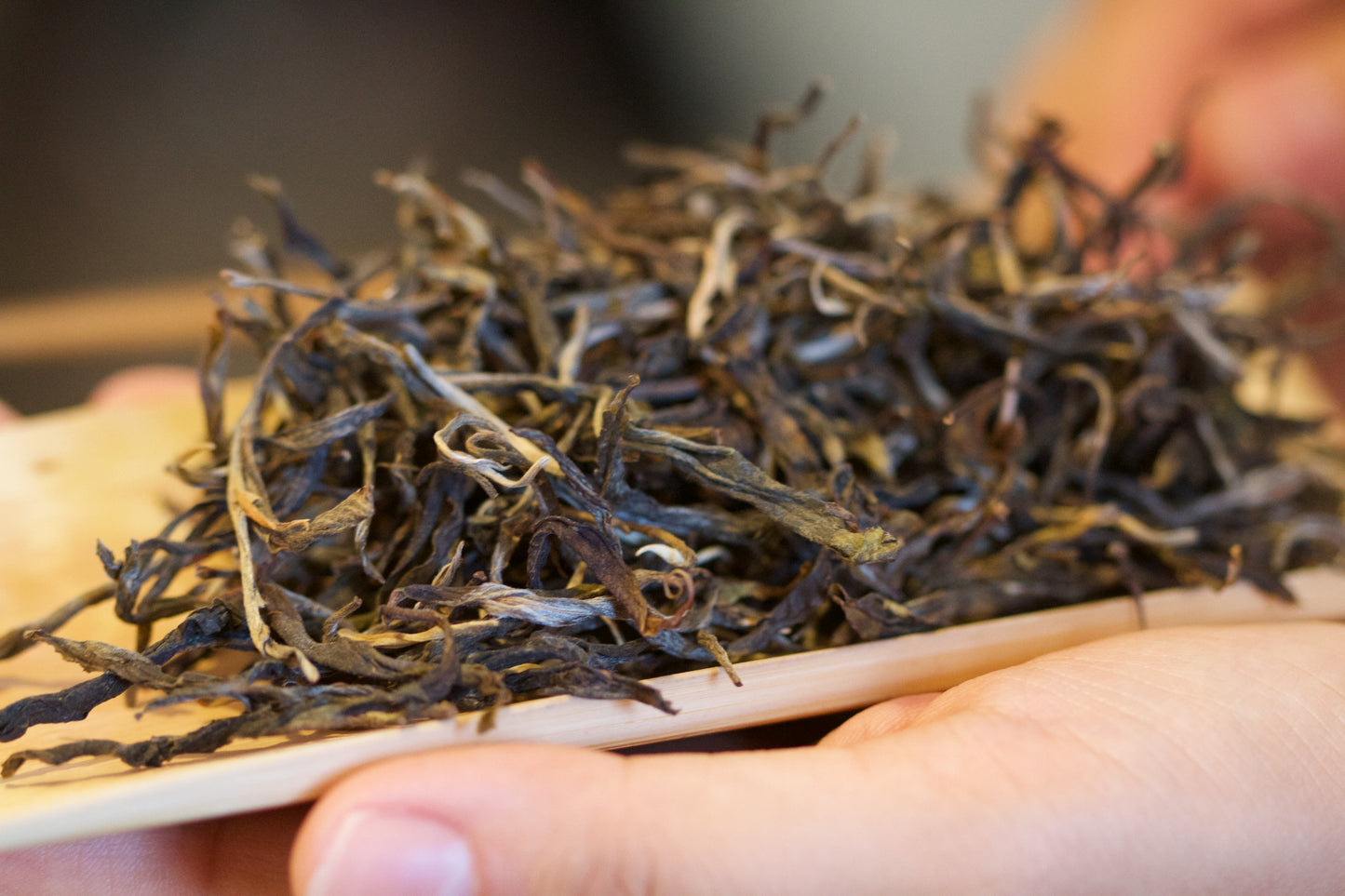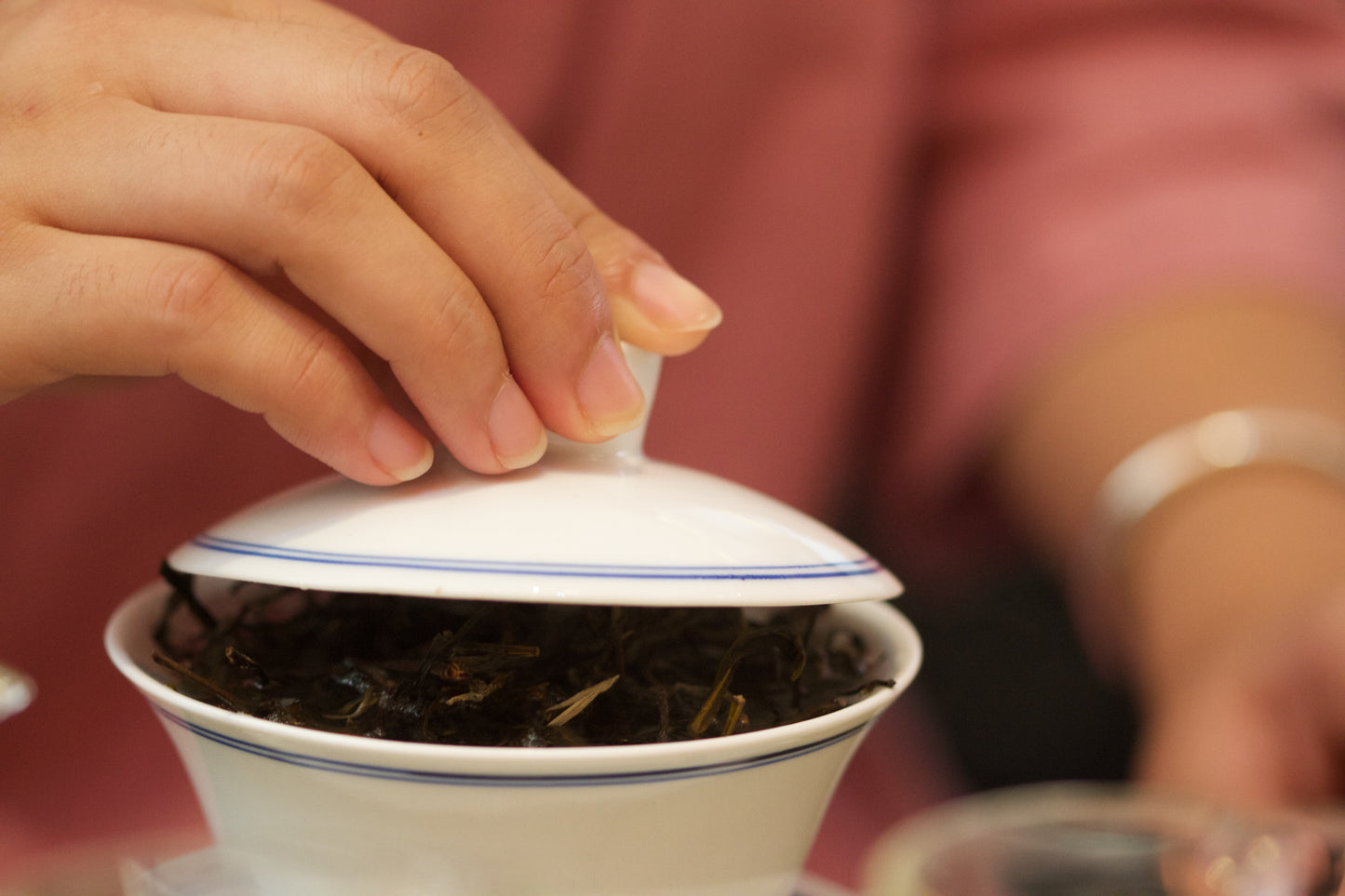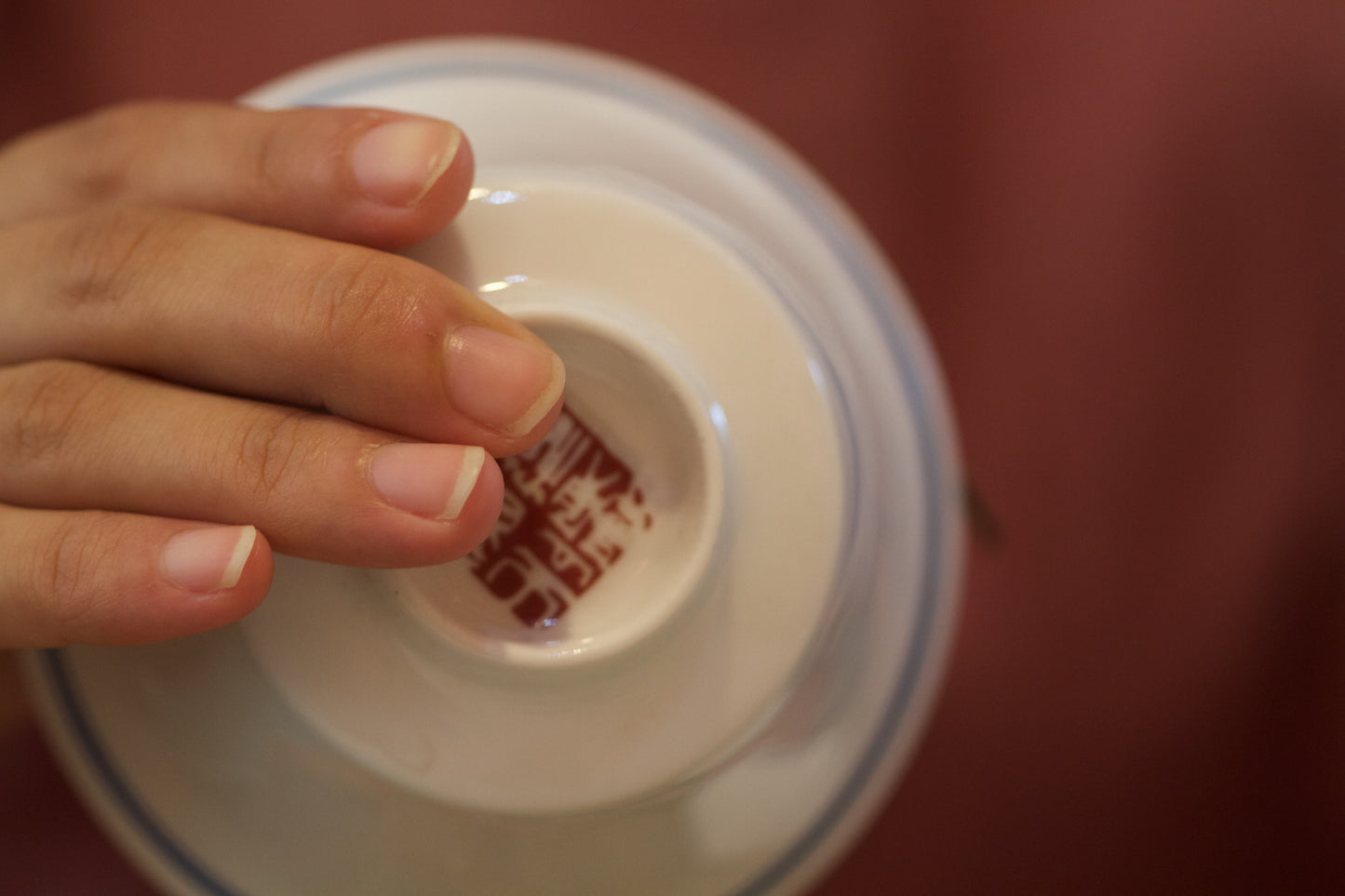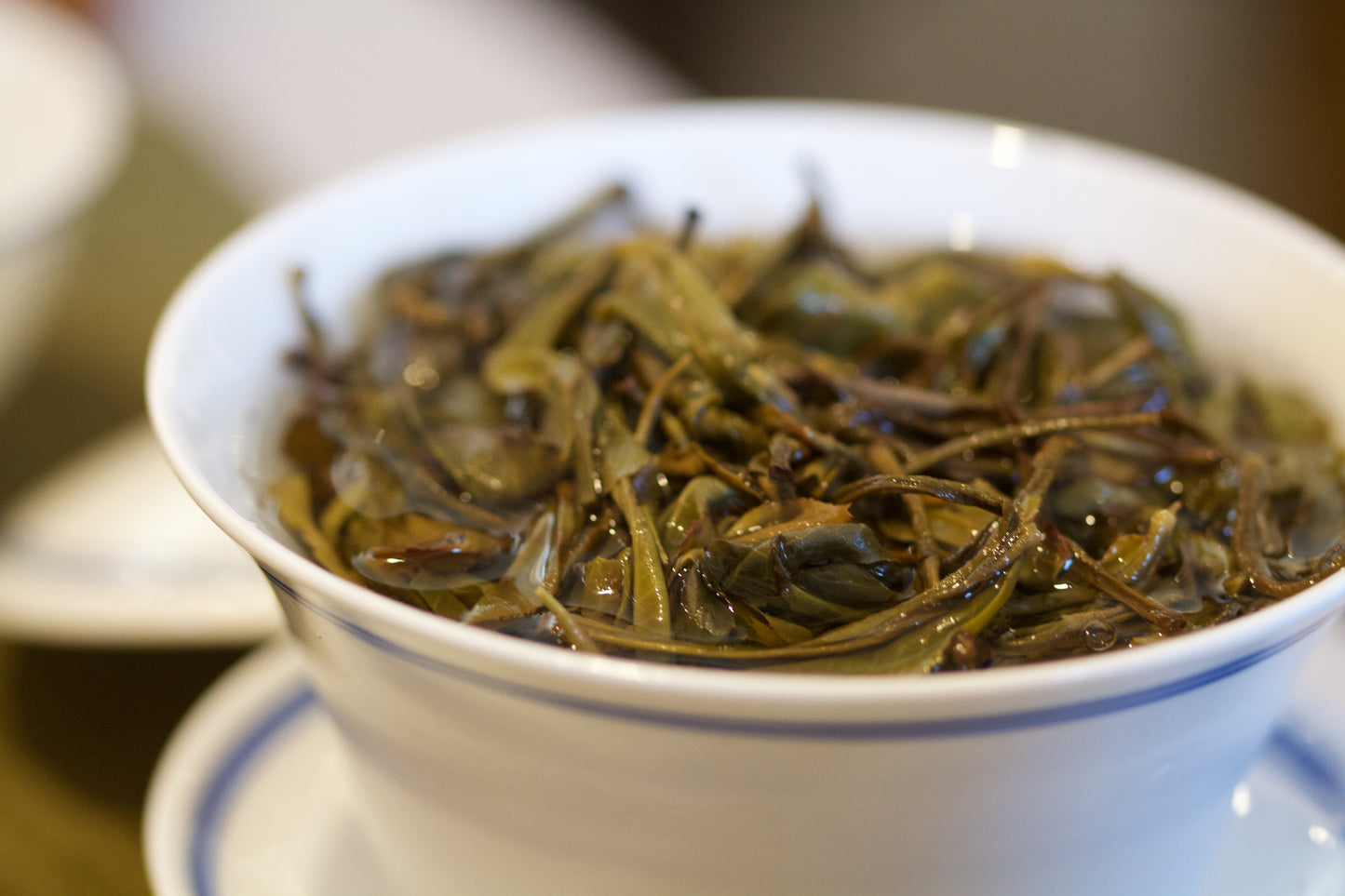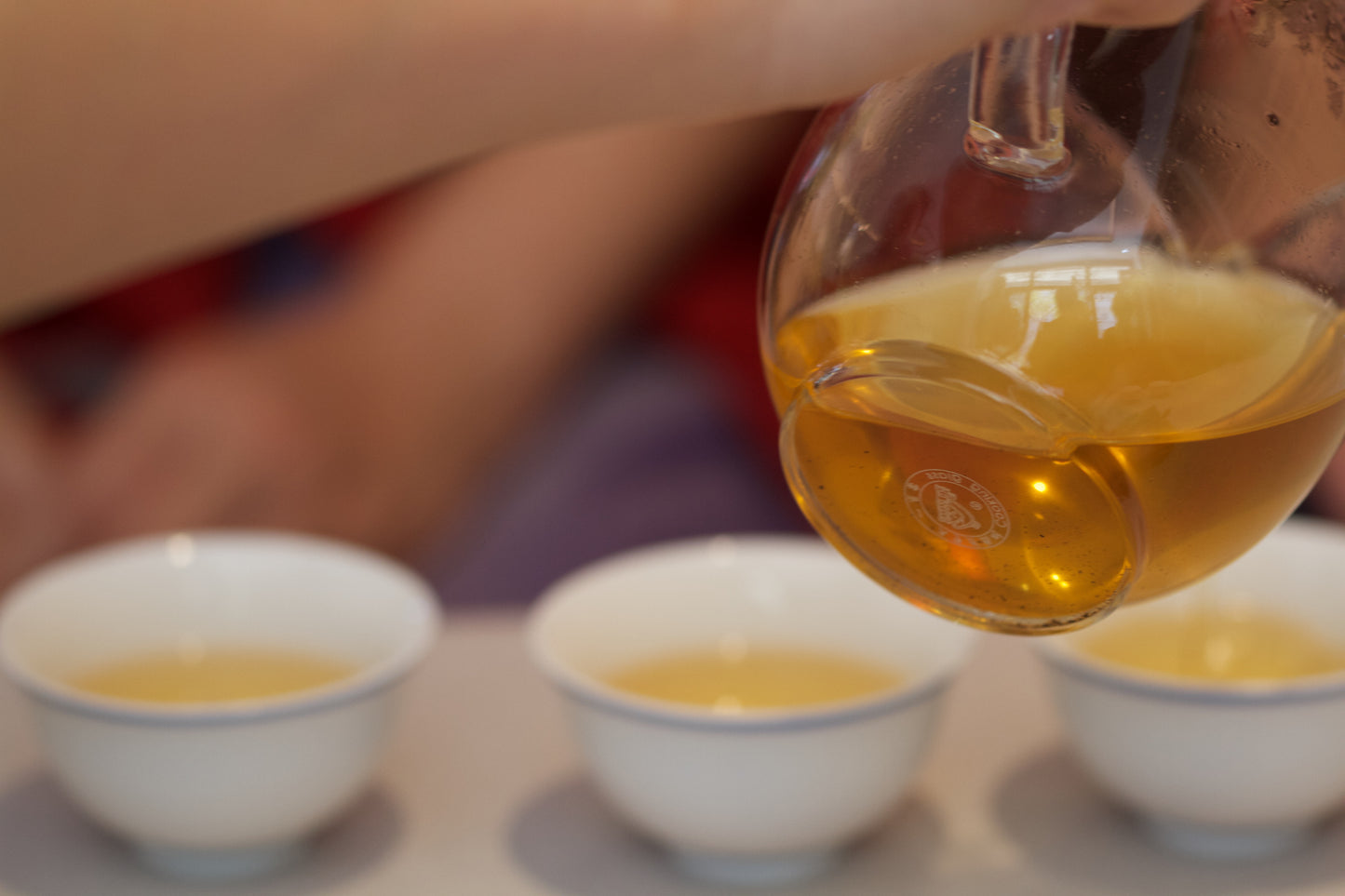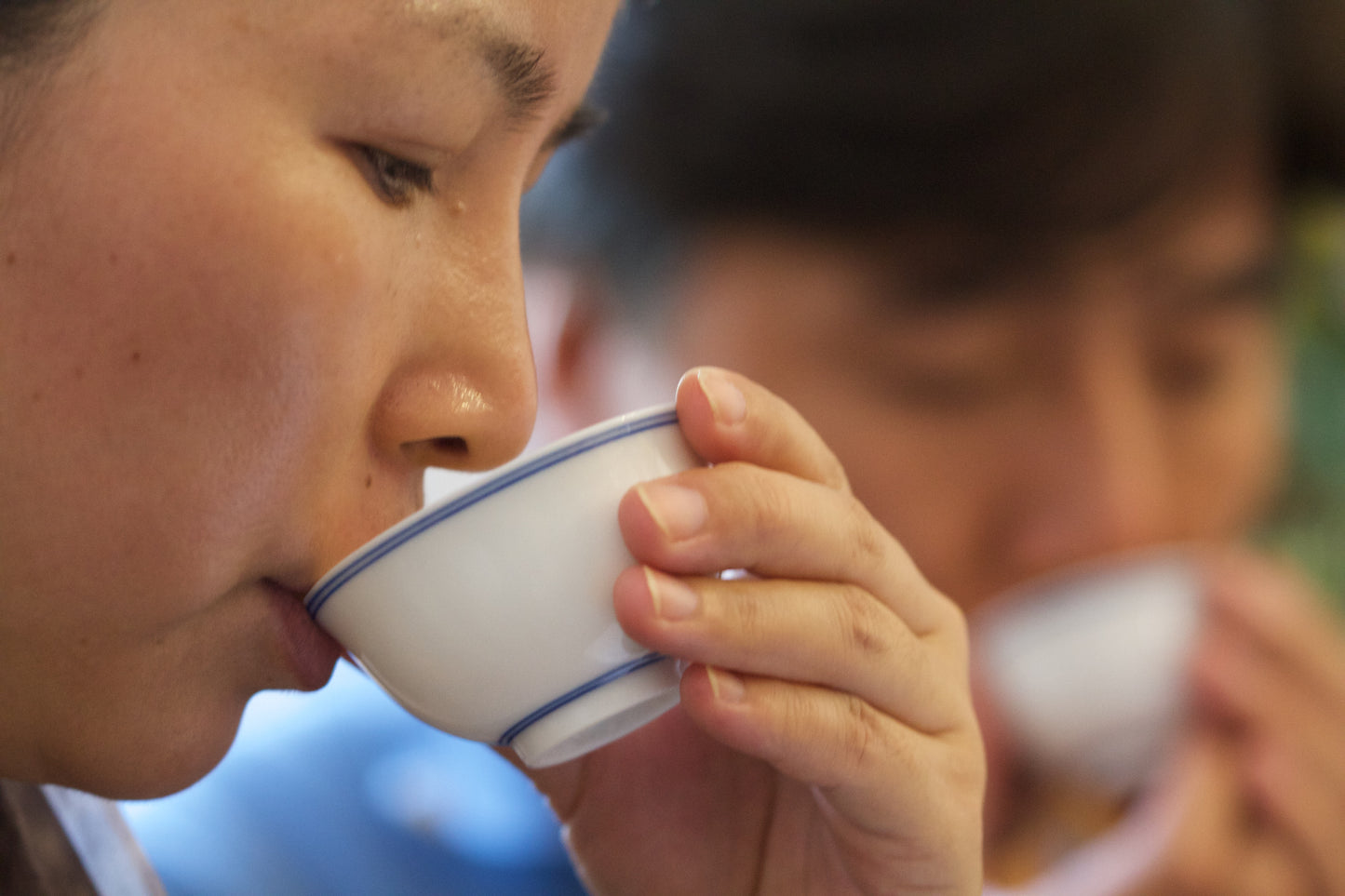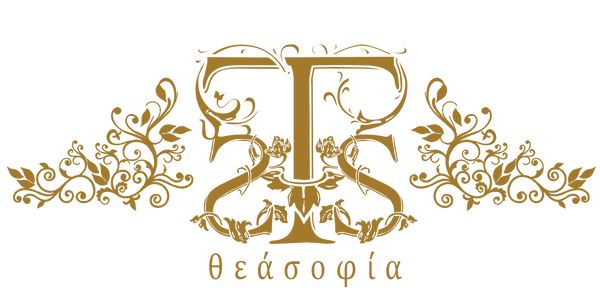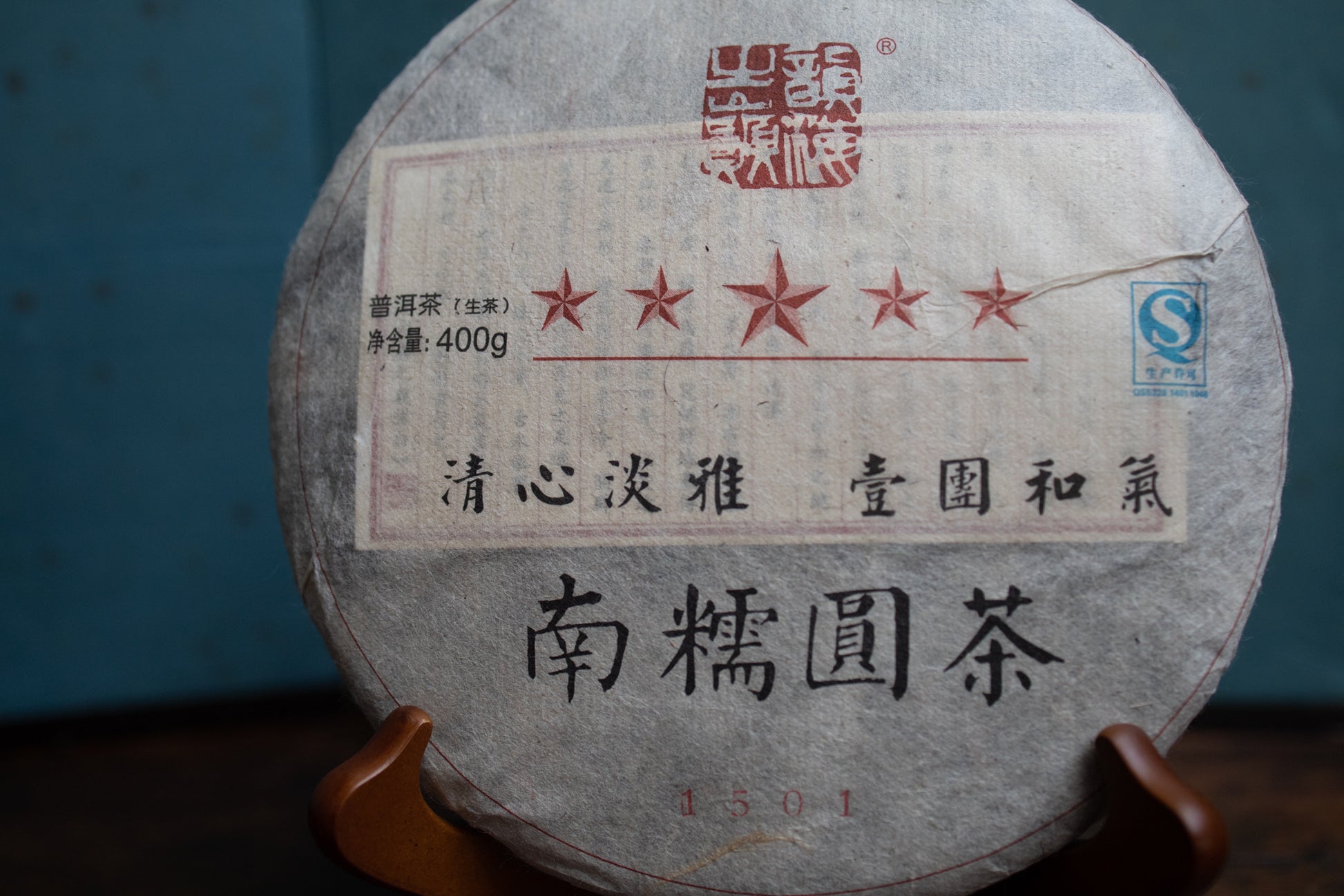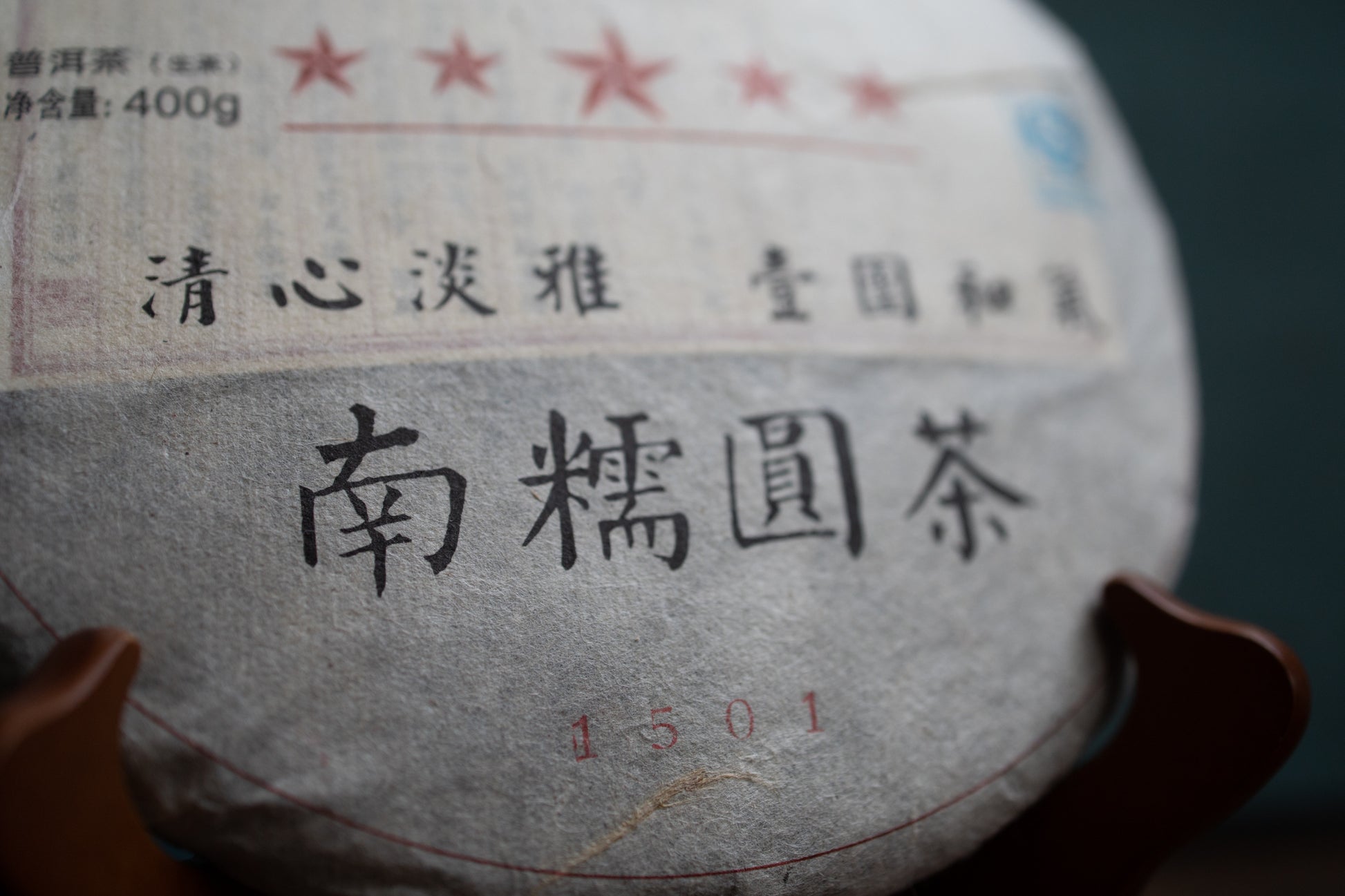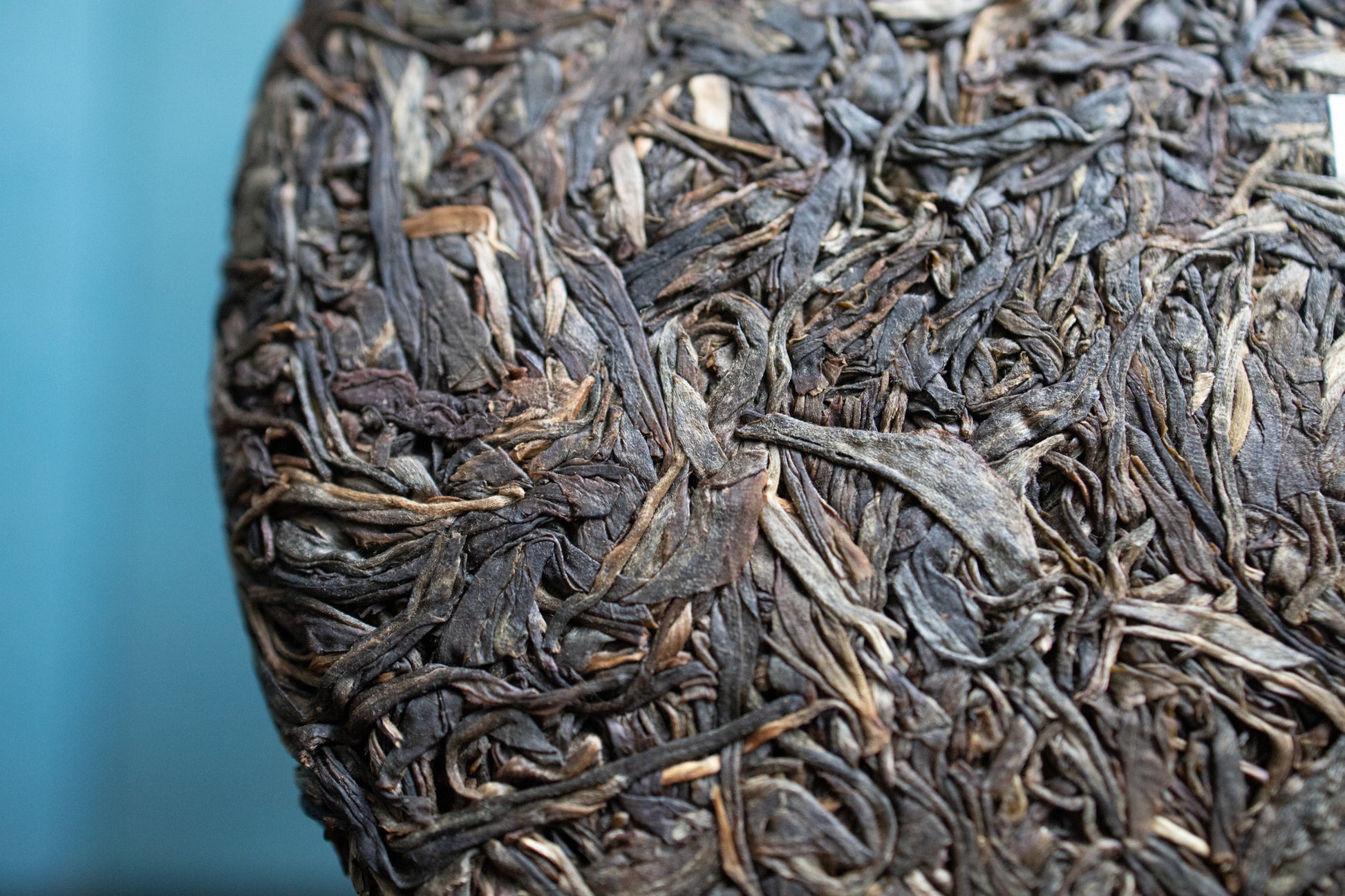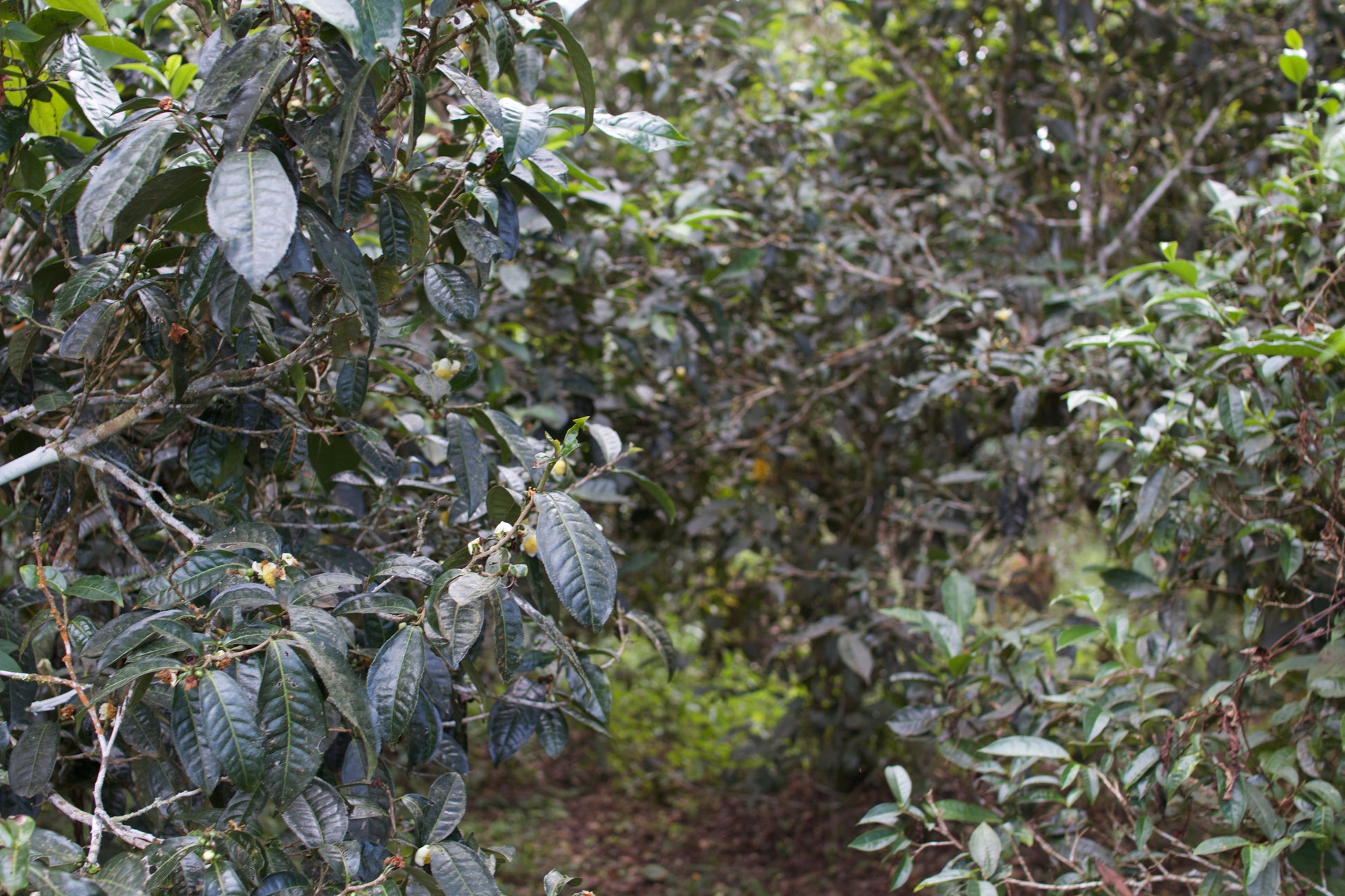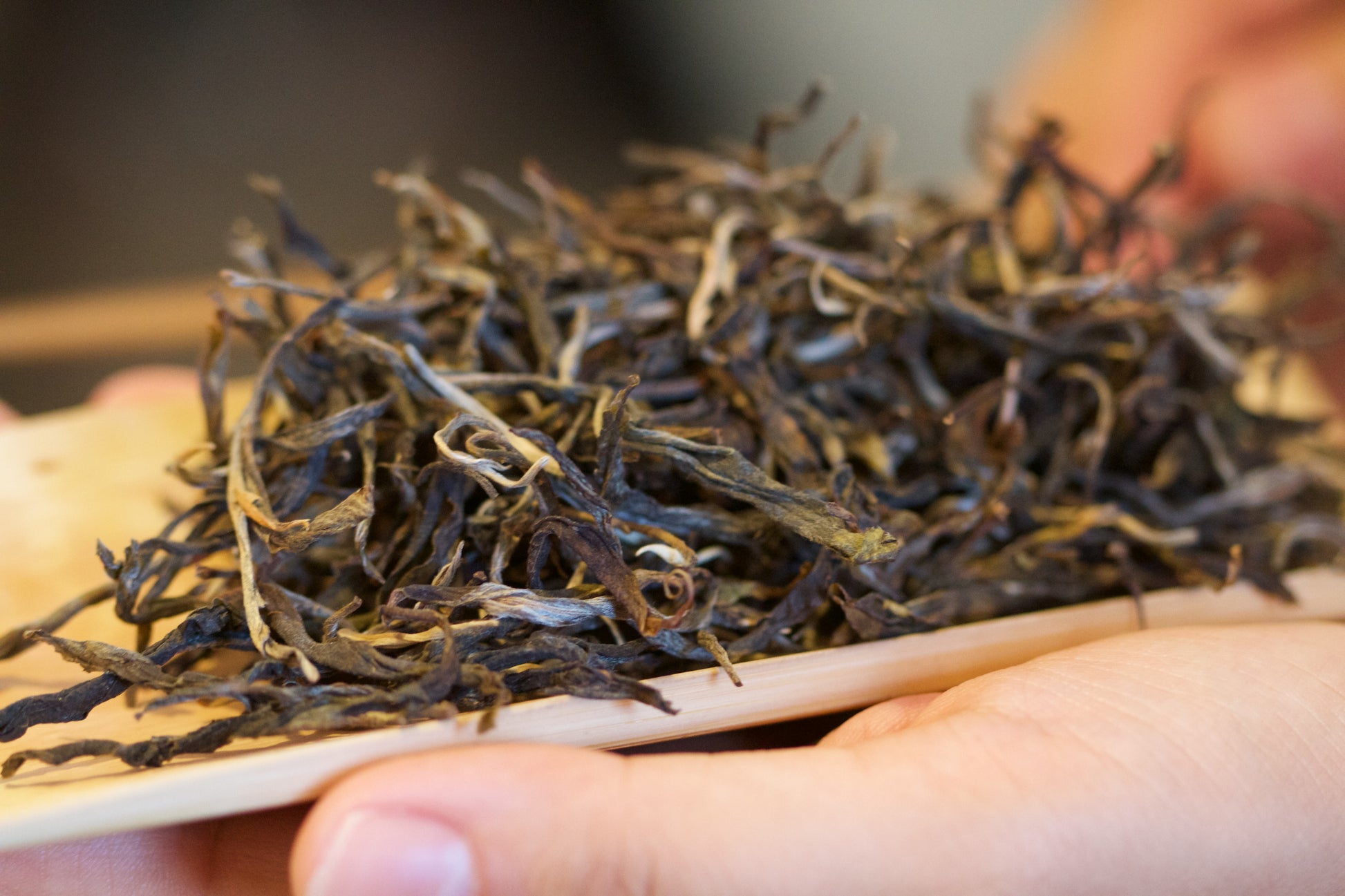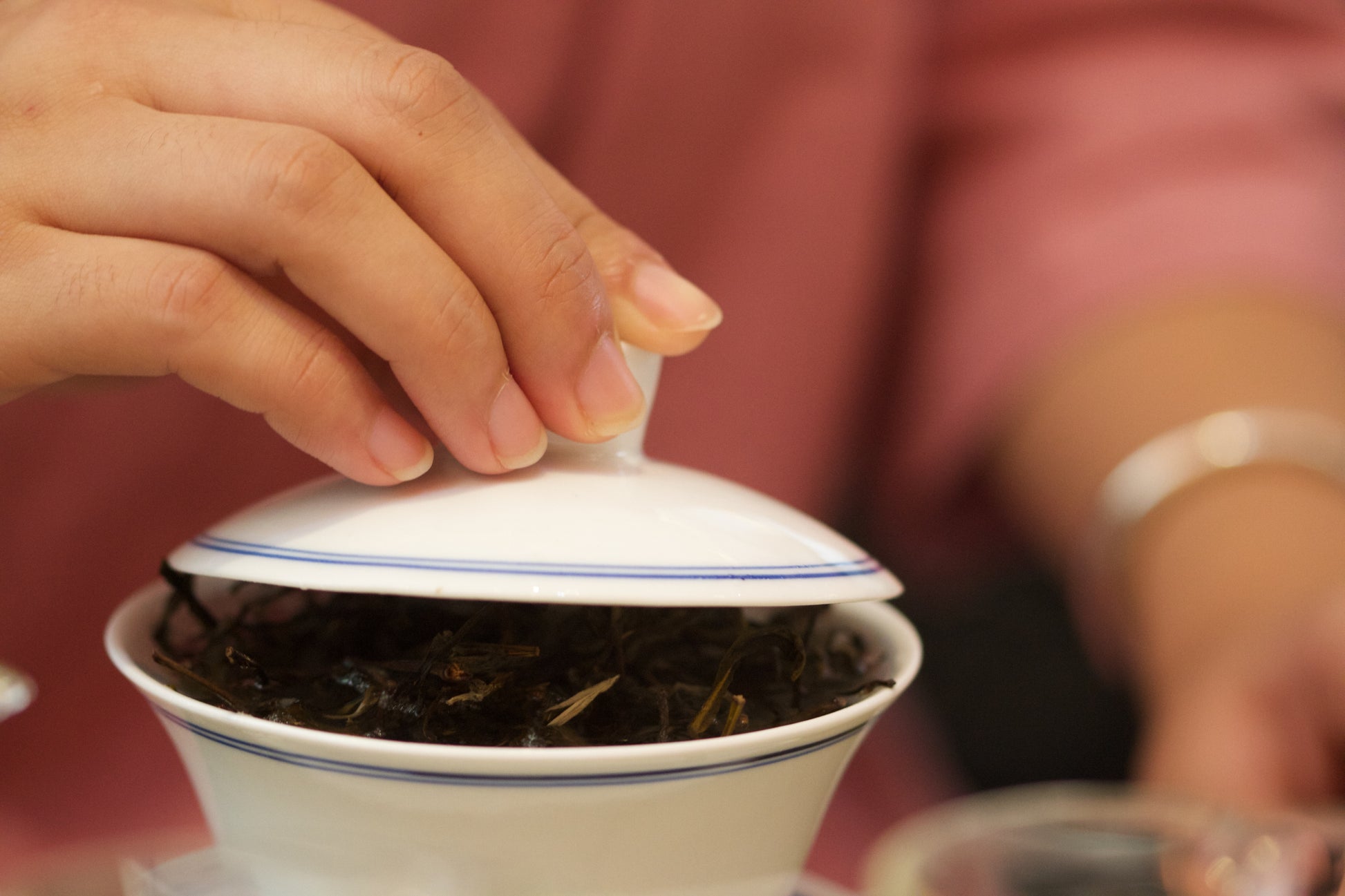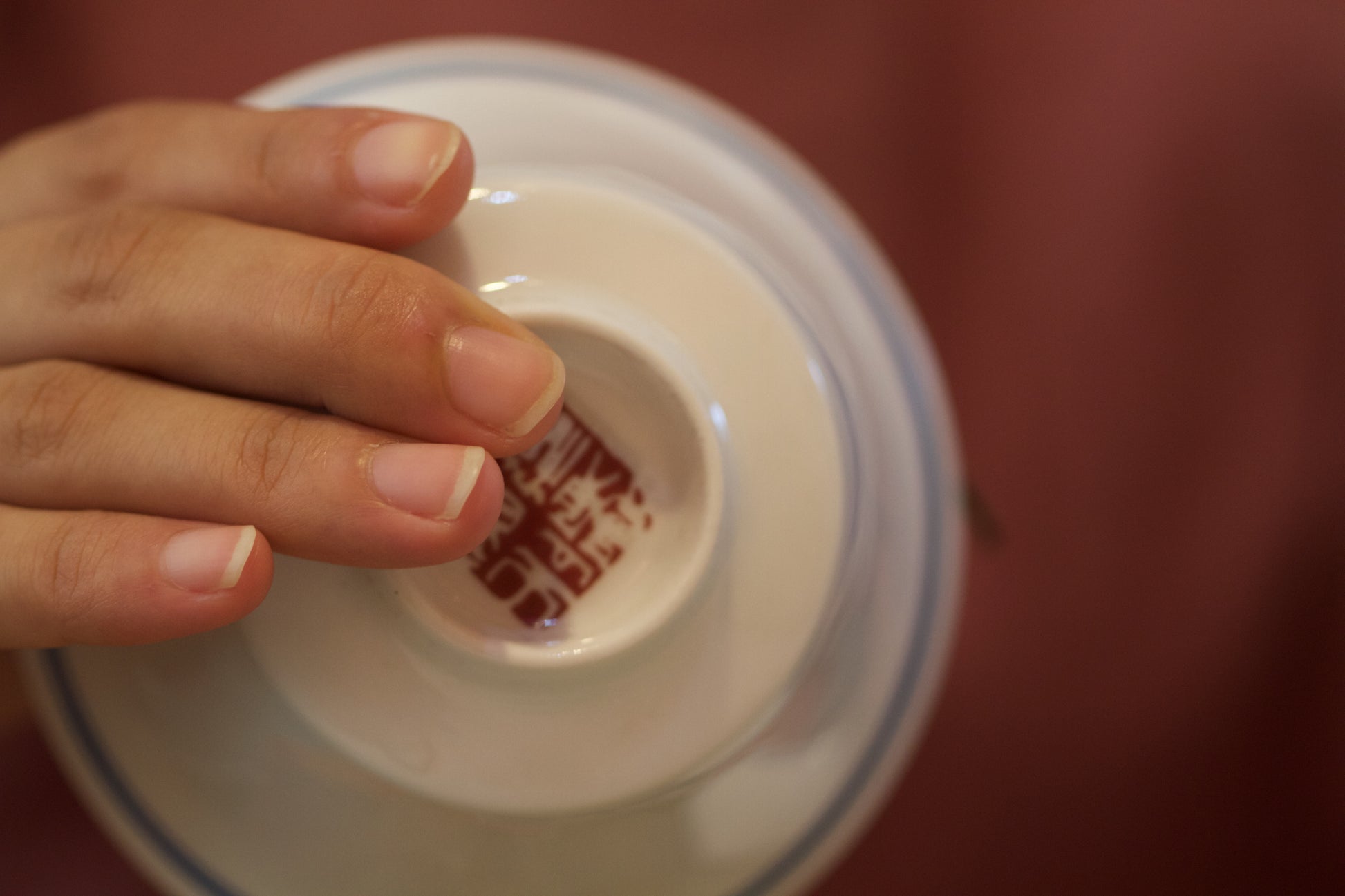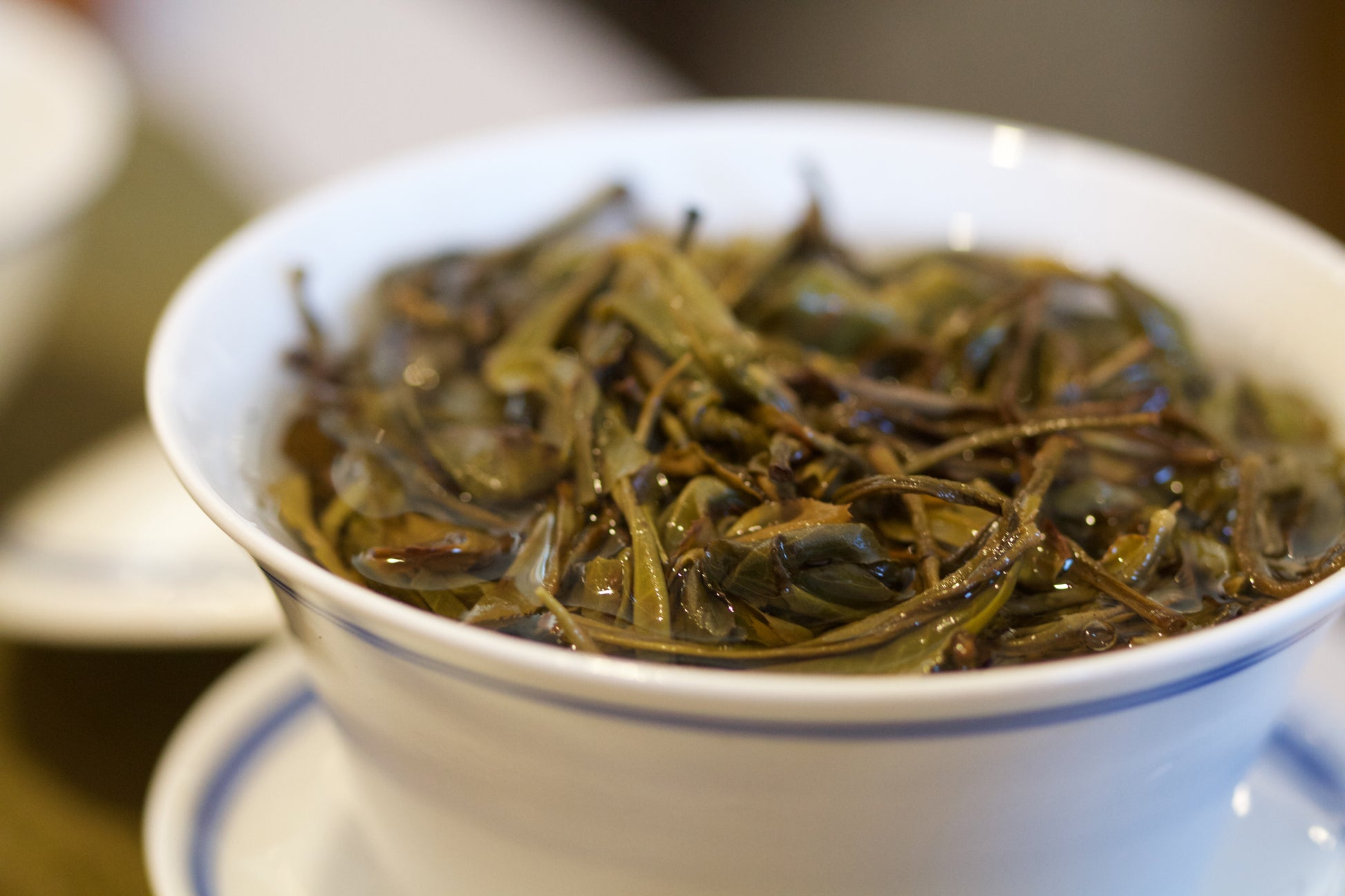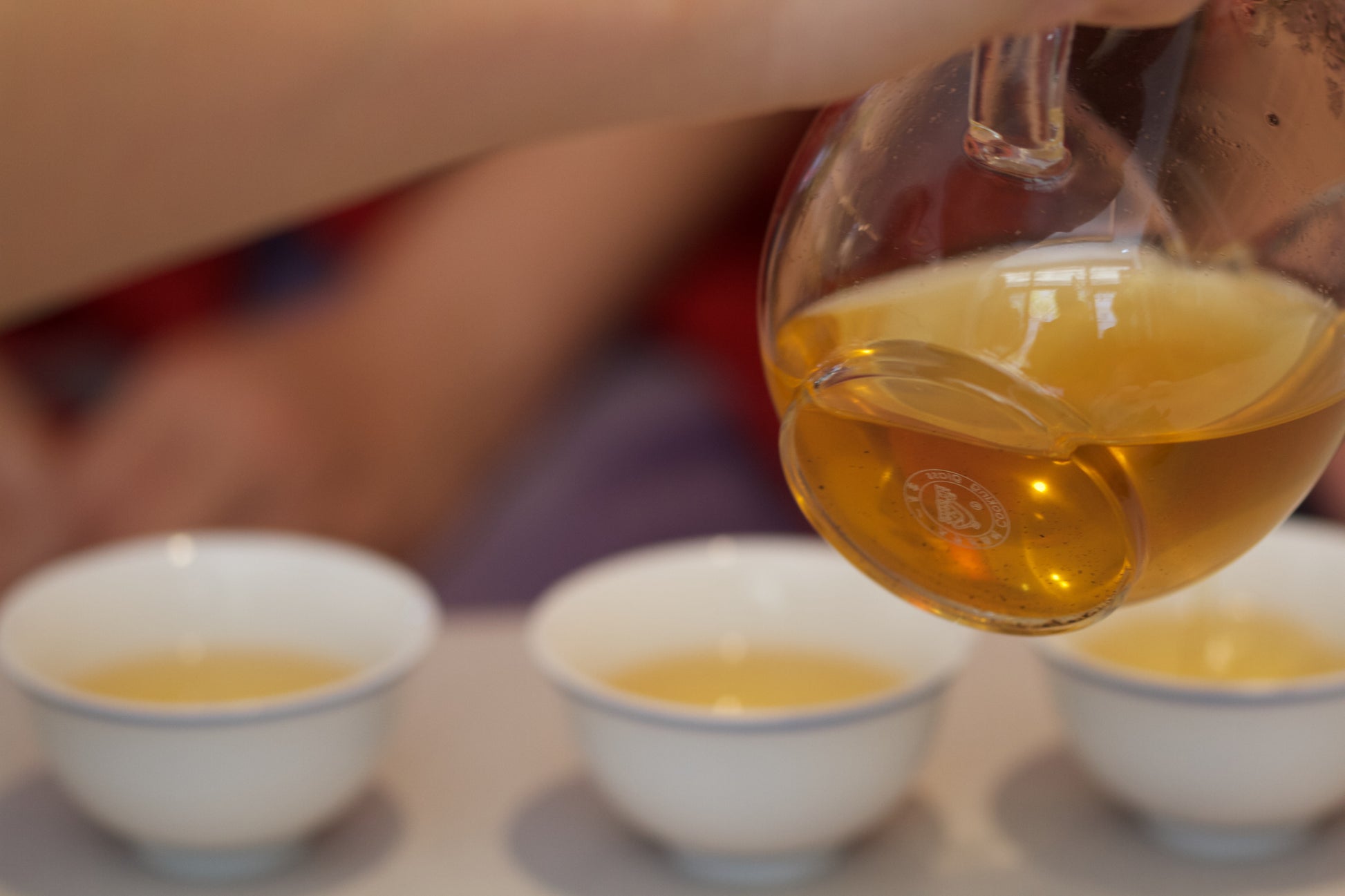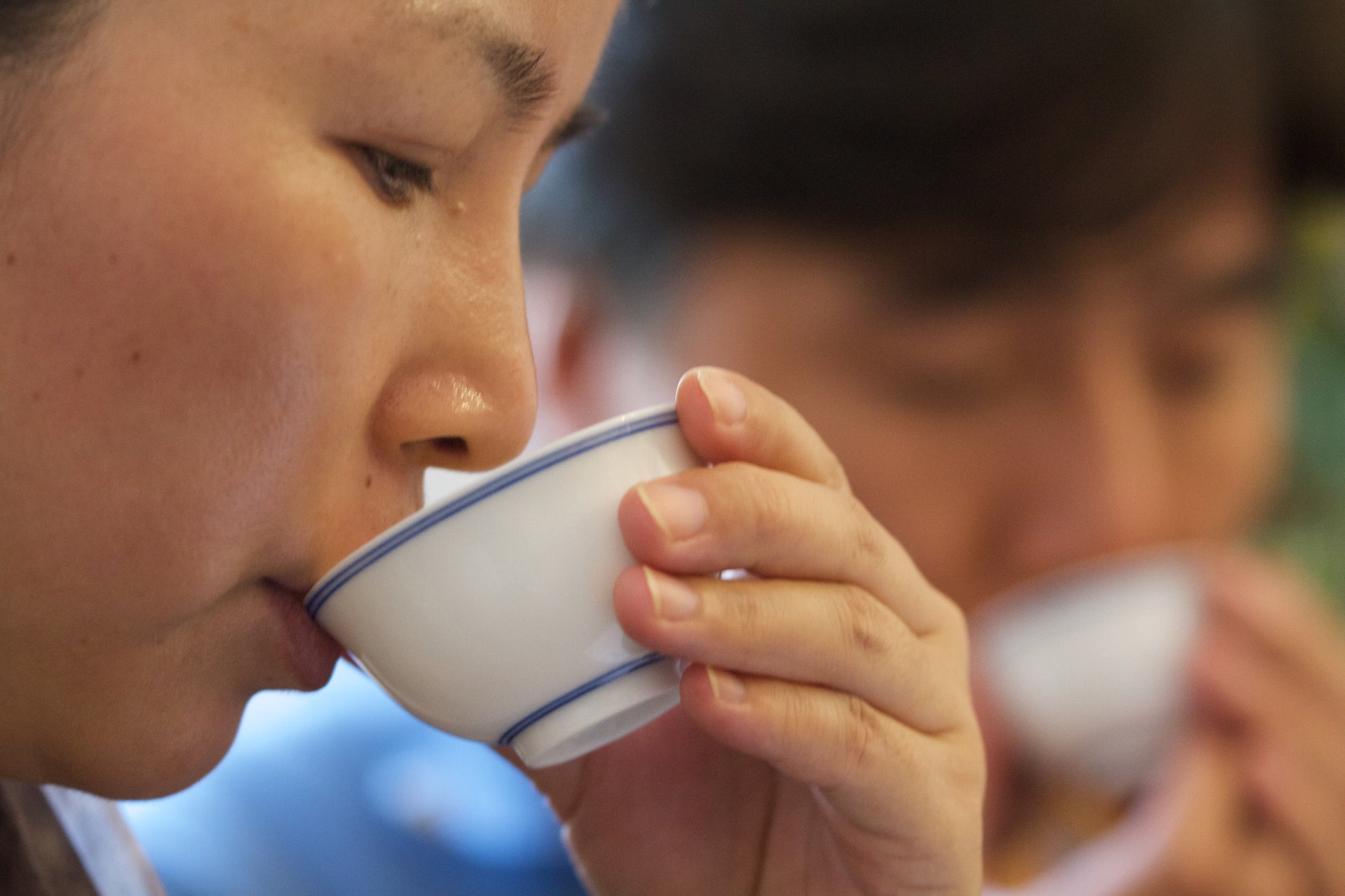Spring 2015 Yunhaizhidian 'Nannuo'
Spring 2015 Yunhaizhidian 'Nannuo'
Couldn't load pickup availability
As with all of our Yunhaizhidian teas, this cake is a superb expression of terroir. Orchid aroma is prominent in the thick liquor, along with a sustained return sweetness. A terrific initiation into the Nannuo Mountains and the tea mountains west of the Mekong River.
The Nannuo Mountains are the most accessible of Xishuangbanna's tea mountains, both in terms of flavor profile and accessibility from the nearest urban center. From Jinghong Airport, we are less than an hour away from strolling through centennial tea gardens and visiting the renowned 800-year-old chawangshu, very likely the most visited tea tree on the planet.
Elevation averages 1400 meters and there are approximately 20,000 hectares of tea gardens distributed throughout the Hani and Lahu ethnicity region. Local people recount the presence of tea gardens upon the arrival of their ancestors several hundred years ago, most likely planted by the Bulang people before they migrated further westward.
